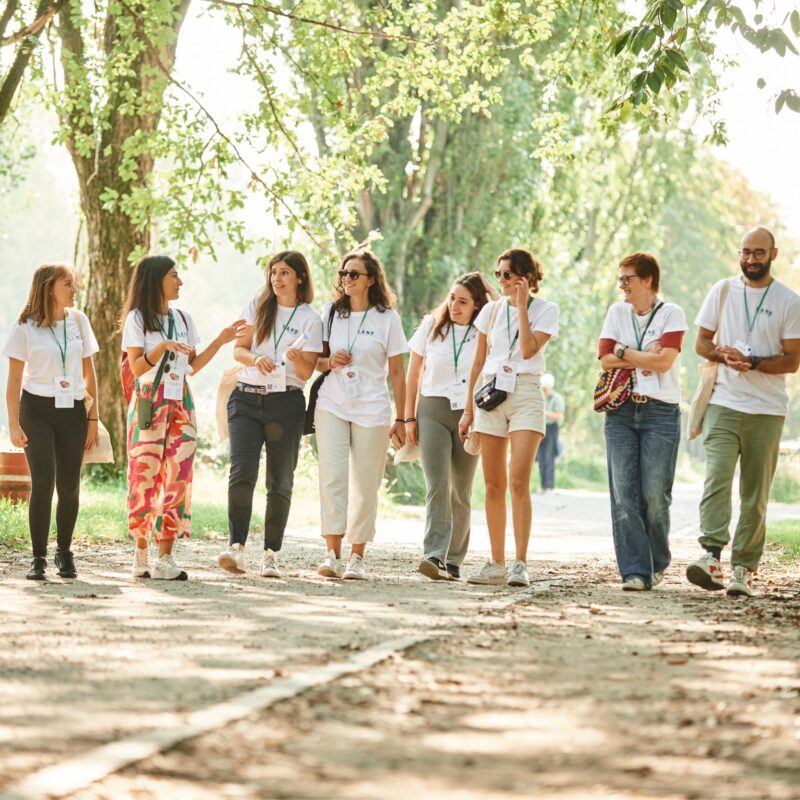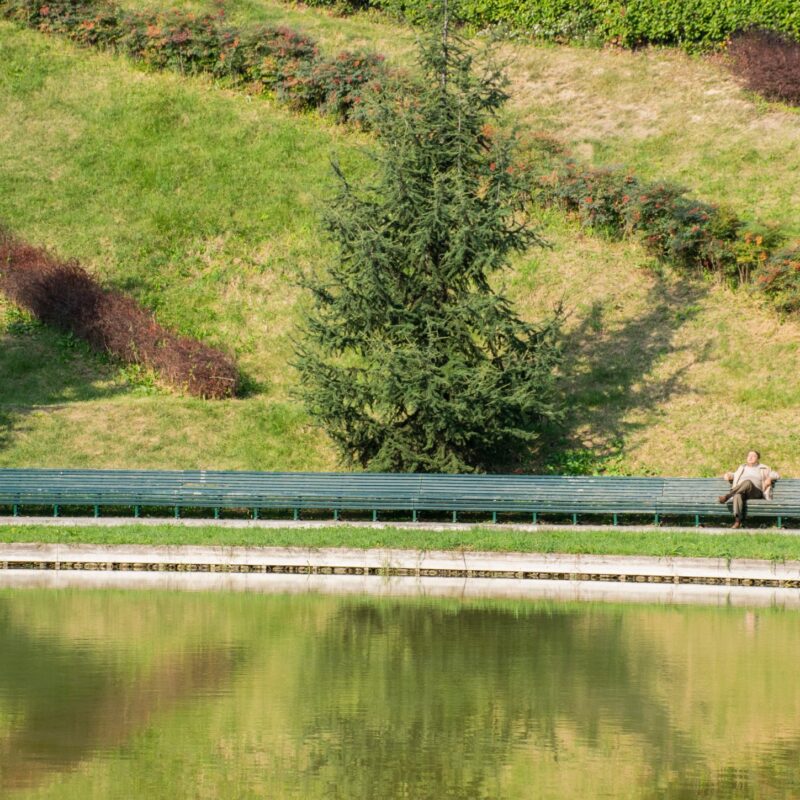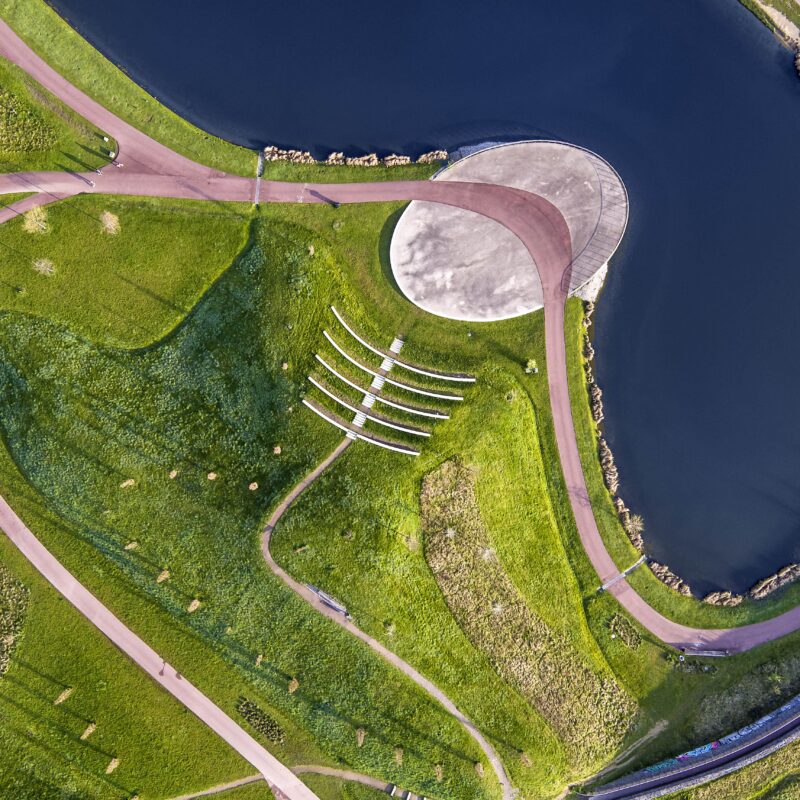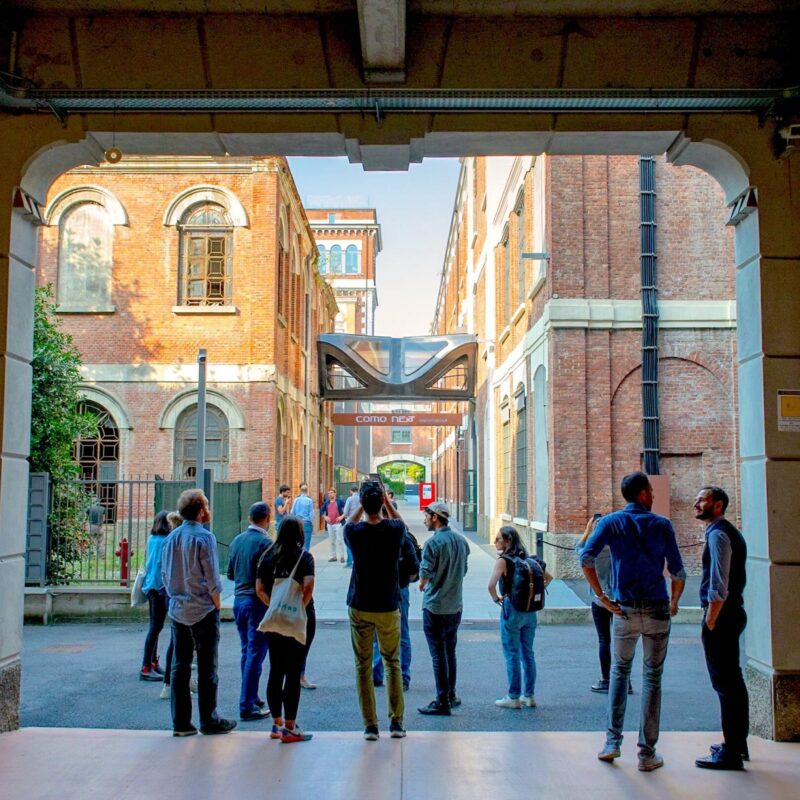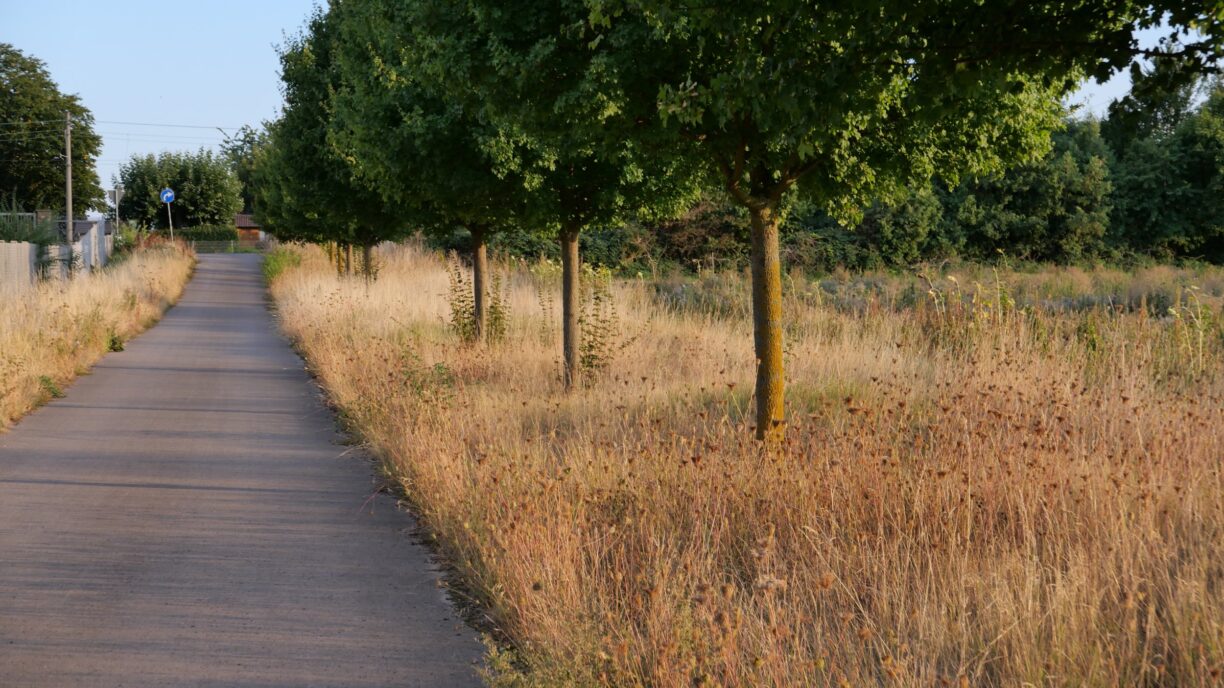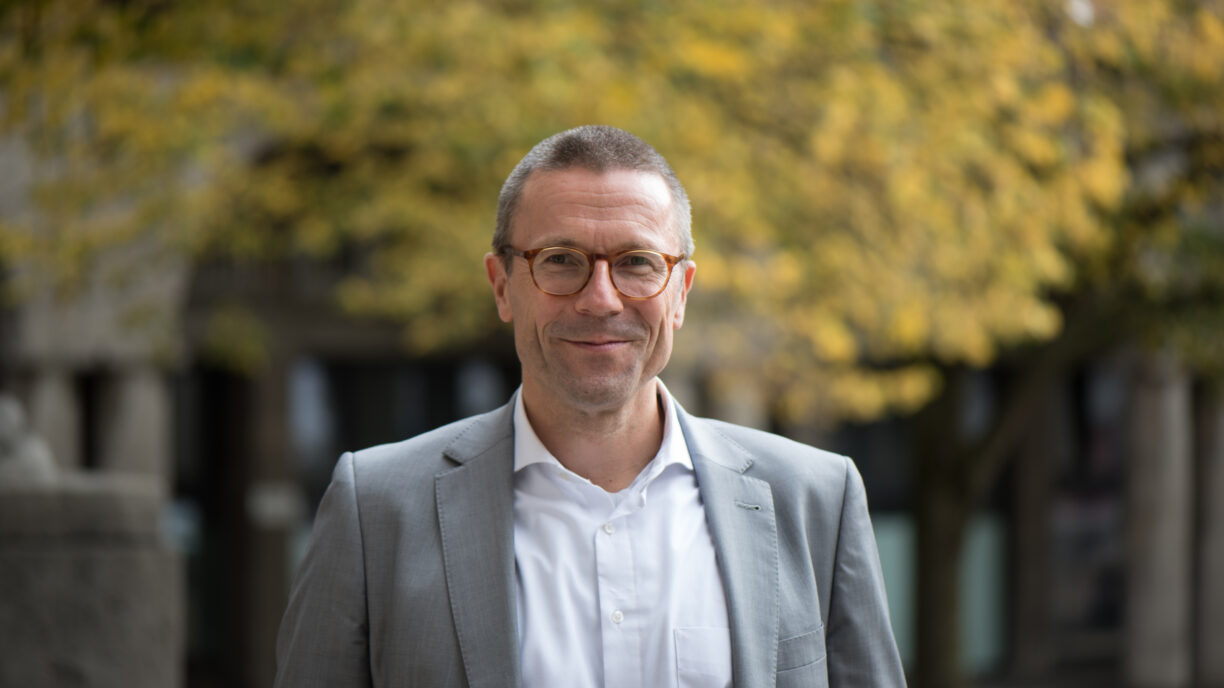
Restoring Value to the Region
The IBSA pharmaceutical group and its new CorPharma industrial district as an example of sustainable urban hub regeneration for Pian Scairolo (Lugano).
IBSA, Institut Biochimique SA, is a Swiss multinational pharmaceutical company that was founded in Lugano in 1945. Forty years later, in 1985, it was acquired by the Italian businessman Arturo Licenziati, whose efforts and dedication transformed a small Swiss laboratory into the pharmaceutical group it is today: a multinational active in ten therapeutic areas, operating in more than ninety countries on five continents, with eighteen subsidiaries in Europe, China, and the United States. Technology and Innovation, Culture and Education, Communication and Sustainability are milestones along IBSA’s path as it undertakes to restore value to the regions and communities in which it operates, in a responsible, ethical, and sustainable manner.
This is particularly evident in IBSA’s headquarters in Pian Scairolo, between the municipalities of Lugano and Collina d’Oro, where LAND is involved in designing a district plan related to the development of IBSA’s new CorPharma industrial district, starting with the cosmos production facility.
Source of Inspiration
IBSA – CorPharma District: an opportunity to reorganize and develop the landscape.
IBSA is an innovative multinational pharmaceutical company attentive to sustainability and environmental impact. Its head office is in the Swiss canton of Ticino, in Pian Scairolo south of Lugano, where IBSA’s new headquarters will be built. LAND is part of a team of experts that’s creating a “PQ4 District Plan” to develop and improve the area.
The masterplan becomes an opportunity to reorganize and develop the valley’s landscape as a pilot project within the strategic plan for revitalizing Pian Scairolo. The site will become part of the landscape fabric and environmental system, strengthening and improving the existing network of open spaces, environmental connections, and slow mobility in an area that for decades has been impacted by unplanned development. This is an opportunity to implement a series of naturebased solutions applied to construction (green walls and roofs) and the wider surroundings, such as renaturalizing the Roggia Scairolo stream and developing quality open spaces, using a climate adaptation approach.
A public path links headquarters buildings to the green areas west of Roggia Scairolo, where various functional areas open to the public are proposed: an exhibition greenhouse with a landscape of medicinal herbs, an educational laboratory with its open areas; a series of meeting places that not only cross existing wetlands, but also connect visitors to the area’s natural features and highlight its ties to water.
The primary goals is to restore the area’s natural identity, balancing it with the practical necessities of a production site in an area that’s already quite densified. Pian Scairolo, once a source of inspiration for the novels and paintings of Herman Hesse, must also rediscover its natural calling through private development, in the form of qualitative elements connected to the environment and the surrounding landscape.
Text: Davide Caspani, LAND

The master plan as an opportunity to connect spatial planning and industrial development. Sketch by Pier Paolo Hurle, LAND

A Cultural Change
Excerpts from a conversation with Christophe Direito, Sr ESG & Real Estate Manager for the IBSA group, on IBSA’s transformation in the context of redeveloping Lugano’s Pian Scairolo district.
Pian Scairolo is a corridor, a very narrow valley, with a variety of shared uses. The masterplan for the new IBSA headquarters aims to reconcile the company’s production needs by finding a balance between built areas and outdoor spaces, in line with the region’s identity and regional planning dynamics.
Christophe Direito (CD): “Pian Scairolo is now included in the design of greater Lugano, a vision that contemplates the innovative principle of nine constellations. This is a process that comes from afar: over the years, we made the necessary adjustments and gradually perfected it, balancing the rules, planning, and our vision. Ticino has become increasingly disorganized over time, and today there are efforts to restore order. IBSA’s message is that it can be done.”

In your “pillars,” you talk about a “new humanism of healthcare” and in general the importance of “taking care” of people. How is this reflected in planning a new campus? What are the drivers that pushed you to invest in sustainability?
CD: “Certainly the far-sightedness of an entrepreneur whose work began in Ticino and was successful there. Even though we’ve also expanded abroad, the intention was to remain in this region, as a way to give back. The first pillar of sustainability is care for the person. We’re a pharmaceutical company, so our mission is to provide effective products to care for patients. The rest follows: if I provide care for people, I necessarily provide care for nature, the landscape.”
It’s a dual theme: firstly the regeneration of a region, the connection with a region; and secondly the quality of spaces for workers in the new IBSA division. Someone who works at IBSA can use a green area and quality spaces you won’t find anywhere else in Pian Scairolo. What does it mean to IBSA to be part of this place and the dynamics set out in the intermunicipal Pian Scairolo Planning?
CD: “Considering how district plans are developed, the private sector needs to act as a driver. Our President and CEO Arturo Licenziati intuited that investments were necessary to make this vision a reality. So we worked at dialoguing on multiple fronts: with Collina d’Oro (where we’re going forward with the green park), with Lugano, with CIPPS (the Intermunicipal Pian Scairolo Planning Commission), and with cantonal authorities. IBSA’s strong point has always been dialogue, which has produced synergy and in the end has led to a cultural change. For an entrepreneur of Mr. Licenziati’s generation, imagining a public use green area on private land wasn’t a given. But the intention of an enlightened client can activate the necessary processes and drive their realization.”

This experience of the CorPharma project, the sustainable district serving the community, which in the Pian Scairolo urban hub also envisages an educational and instructional landscape, could it become an exportable product for IBSA? Can it be replicated in other facilities, in Italy and the world?
CD: “Absolutely. When I came to IBSA, I tried to understand the distinctive elements of the group. Through the impetus of Arturo Licenziati, we brought healthcare and beauty everywhere. If you go to the head office, or to our Italian subsidiary in Lodi or the French one in Atibes, or the IBSA facilities in China, you’ll find all the fine details of the IBSA personality, which integrates with local territorial identity.”
There’s a growing trend to design industrial areas with a focus on the quality of private spaces and strong ties to the local region. What are your suggestions for other companies?
CD: “Planning is a process, a path. I think that the key point is to understand the reality of the local area. And to engage in dialogue. Because if I don’t understand what the planner wants, what the municipality, the community want, what the dynamics are, if I don’t consider all the pros and cons, everything gets more complicated. And then identity: involvement at the local level. And, as Arturo Licenziati says, we do things well and beautifully; that’s how they become something of value. Because someone who walks in, who passes through or looks around, understands that we’re doing something we believe in, they notice the care for the surroundings, for nature and the landscape. First you need to pay attention, and then you need to make it tangible.”
Questions by Federico Scopinich and Davide Caspani, LAND. The conversation took place in July 2023 at IBSA headquarters in Lugano.
We are also transforming the company and making major investments to improve our manufacturing capabilities while reducing our environmental footprint: we are working to implement a science-based decarbonization process in line with the pharmaceutical industry. The recent opening of our new manufacturing facility in Lugano, cosmos, is an example of our efforts to return value to the communities and environment in which we live and operate.
Read other Articles from this Edition
